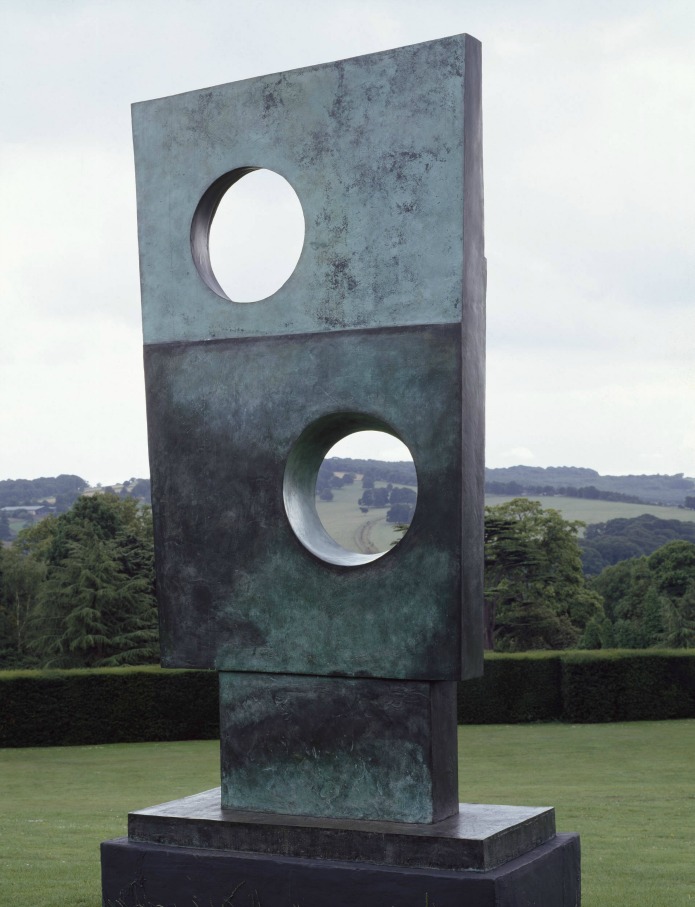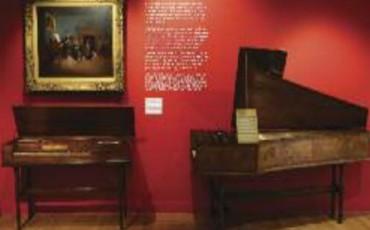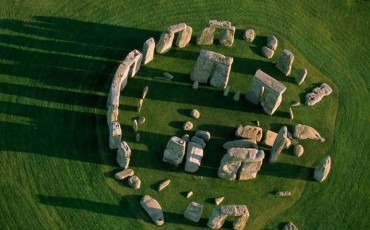Tate Britain will open the first major Barbara Hepworth exhibition in London for almost fifty years. Barbara Hepworth (1903–75) is most commonly associated with St Ives, Cornwall, where she lived from 1939 until her death in 1975.
This major retrospective will emphasise Hepworth’s often overlooked prominence in the international art world, of which she was a leading figure in the 1930s, and one of the most successful artists in the world during the 1950s and 1960s. The exhibition charts Hepworth’s progress from small carvings made as a young woman to the magnificent bronzes that became part of the great sculpture collections of the world. It will present many of her surviving pre-war carvings, and some of her most significant sculptures in wood, stone and bronze.
The Barbara Hepworth will also encompass rarely seen works, including textiles, drawings, collages and photograms. The Barbara Hepworth:Sculpture for a Modern World exhibition at Tate Britain is on 24 June – 25 October 2015.

Barbara Hepworth: Squares with Two Circles 1963. Photo: ©Tate Britain.






Leave a Reply